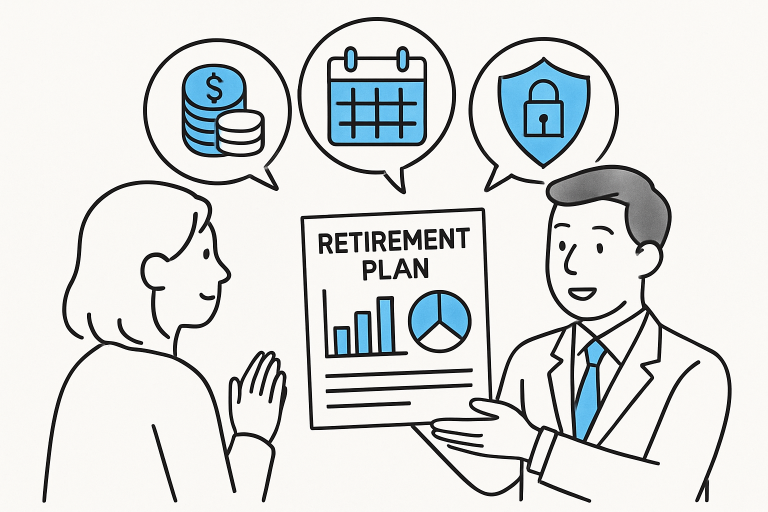Most people who love to stay active have felt that familiar burn after a good workout — the kind that signals effort, not trouble. Yet, sometimes that burn lingers longer than it should, making you wonder if it’s just muscle fatigue or something more serious. Distinguishing between the two can be tricky, especially when you’re pushing your limits to improve strength or performance.
For athletes, fitness enthusiasts, and weekend joggers alike, knowing your body’s signals can prevent minor discomfort from turning into something that sidelines your progress. Everyone wants to keep moving safely, but it often comes down to paying attention to what your body is really saying.
The difference between muscle fatigue and injury pain isn’t always obvious, but learning how to recognize each one helps you train smarter, not just harder. Singapore Knee Sports and Orthopaedic Clinic often remind their patients that the body’s feedback is valuable and deserves respect.
Muscle Fatigue: When Effort Meets Exhaustion
Muscle fatigue is a normal and essential part of physical progression. It’s your body’s way of signaling that it has been challenged and needs rest to rebuild stronger. Fatigue doesn’t mean failure—it simply means the muscle fibers are temporarily spent.
Gradual Build-Up
Fatigue doesn’t happen suddenly. It develops over time as energy stores deplete and lactic acid builds up. Think of that deep, dull ache that arrives a few hours after an intense session or the next morning when climbing stairs feels oddly difficult. This type of soreness is typically even on both sides of the body and eases with rest, hydration, and good nutrition.
Most people notice that this feeling peaks within 24 to 48 hours, known as delayed onset muscle soreness. It usually fades once recovery begins. Light movement, like walking or gentle stretching, helps encourage blood flow and speeds up repair. Listening to your body when it asks for rest prevents overtraining and keeps fatigue from snowballing into a strain.
How It Feels
The pain from fatigue is often described as throbbing or tight but not sharp. You’ll notice stiffness when first moving after rest, but as the muscles warm up, the discomfort lessens. Unlike injury pain, it doesn’t come with swelling, bruising, or sudden weakness. This predictability makes it easier to manage — your body asks for rest and then rewards you with recovery.
When you learn to identify this rhythm, you begin to trust your limits in a way that supports healthy progress. It’s not about avoiding effort but about respecting the signals that protect you from setbacks.
Knowing When to Push
It’s tempting to power through fatigue, thinking it will lead to faster results. But muscles grow stronger during recovery, not routine exhaustion. Adequate sleep, hydration, and balanced nutrition allow the body to rebuild damaged fibers. Overdoing it can blur the line between harmless fatigue and early-stage strain.
Training should challenge, not punish. If you consistently feel drained, struggle with sleep, or find that everyday movement becomes difficult, it’s a sign to slow down. Energy rhythms fluctuate, and acknowledging those cycles helps maintain long-term strength and endurance.
Injury Pain: When the Body Warns You
While fatigue is part of getting stronger, injury pain is the body’s alert system. It’s the red flag that something deeper is wrong — whether it’s a strained tendon, a torn ligament, or inflammation in a joint. Recognizing this difference early helps you manage recovery with care and prevent lasting damage.
Sudden or Sharp Sensations
Injury pain is noticeable right away. It often appears suddenly during activity — a twist, a pop, or a sharp sting that stops you in your tracks. The pain stays in one area and may worsen with certain movements or pressure. Swelling, bruising, or reduced mobility are common signs that tissue damage has occurred.
Unlike the steady ache of fatigue, this pain lingers even after rest and might intensify overnight or upon waking. It doesn’t fade with gentle motion the way normal soreness does. Instead, movement may make it more pronounced, signaling that continued stress could worsen the injury.
When that happens, rest isn’t optional — it’s essential. Pushing through pain can amplify minor damage into a chronic issue, something professionals warn against. Seeking assessment from a qualified physiotherapist or orthopaedic specialist is always the safest step when in doubt.
Emotional Impact and Recovery
Injury pain doesn’t only affect the body; it can challenge motivation and confidence too. There’s a natural frustration that comes with being forced to slow down, especially for those who use movement as a way to cope with stress or maintain balance in life.
Still, recovery time is not wasted time. It’s an opportunity to strengthen other areas, focus on gentle rehabilitation, and rebuild a deeper connection to your body. Pain, while unpleasant, also teaches awareness — an understanding of where effort ends and healing begins.
Taking the time to heal properly often leads to better long-term performance and renewed appreciation for what the body can do once fully recovered.
Moving Forward with Awareness
The ability to tell the difference between muscle fatigue and injury pain is an act of self-care as much as it is physical awareness. The human body constantly communicates; the challenge is learning how to listen.
Fatigue invites rest and recovery. Injury demands attention and respect. Knowing which one you’re experiencing can mean the difference between temporary discomfort and a lasting setback. Training smarter involves patience, curiosity, and sometimes professional guidance.
Knee Sports and Orthopaedic Clinic often emphasize the importance of preventive care — not waiting until pain becomes unmanageable to seek help. A professional assessment, even for mild or recurring pain, can help determine whether you’re dealing with simple fatigue or something that needs targeted treatment.
The takeaway is simple: movement should enhance your life, not limit it. Listen to your body without judgment. Rest when needed, train with purpose, and allow time for repair. In the long run, that balance between effort and recovery keeps both muscles and motivation strong.







